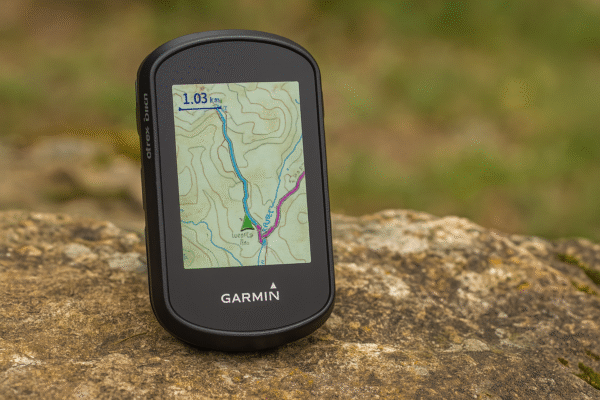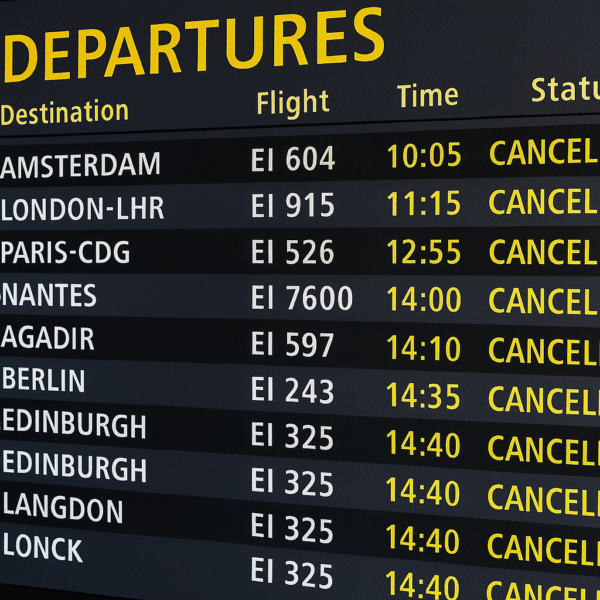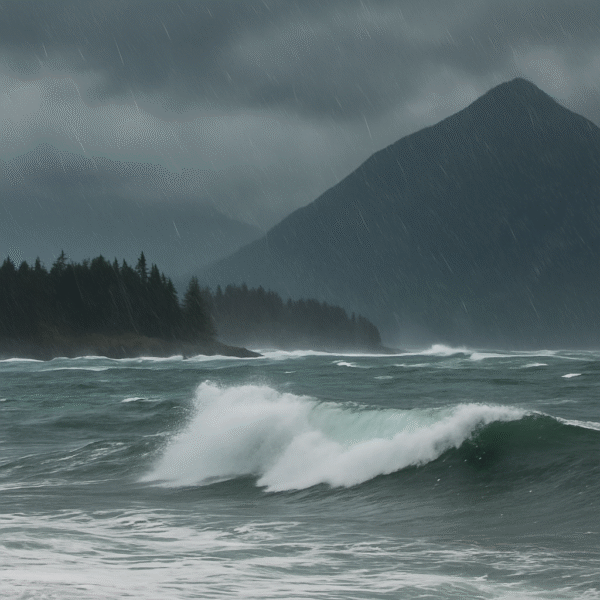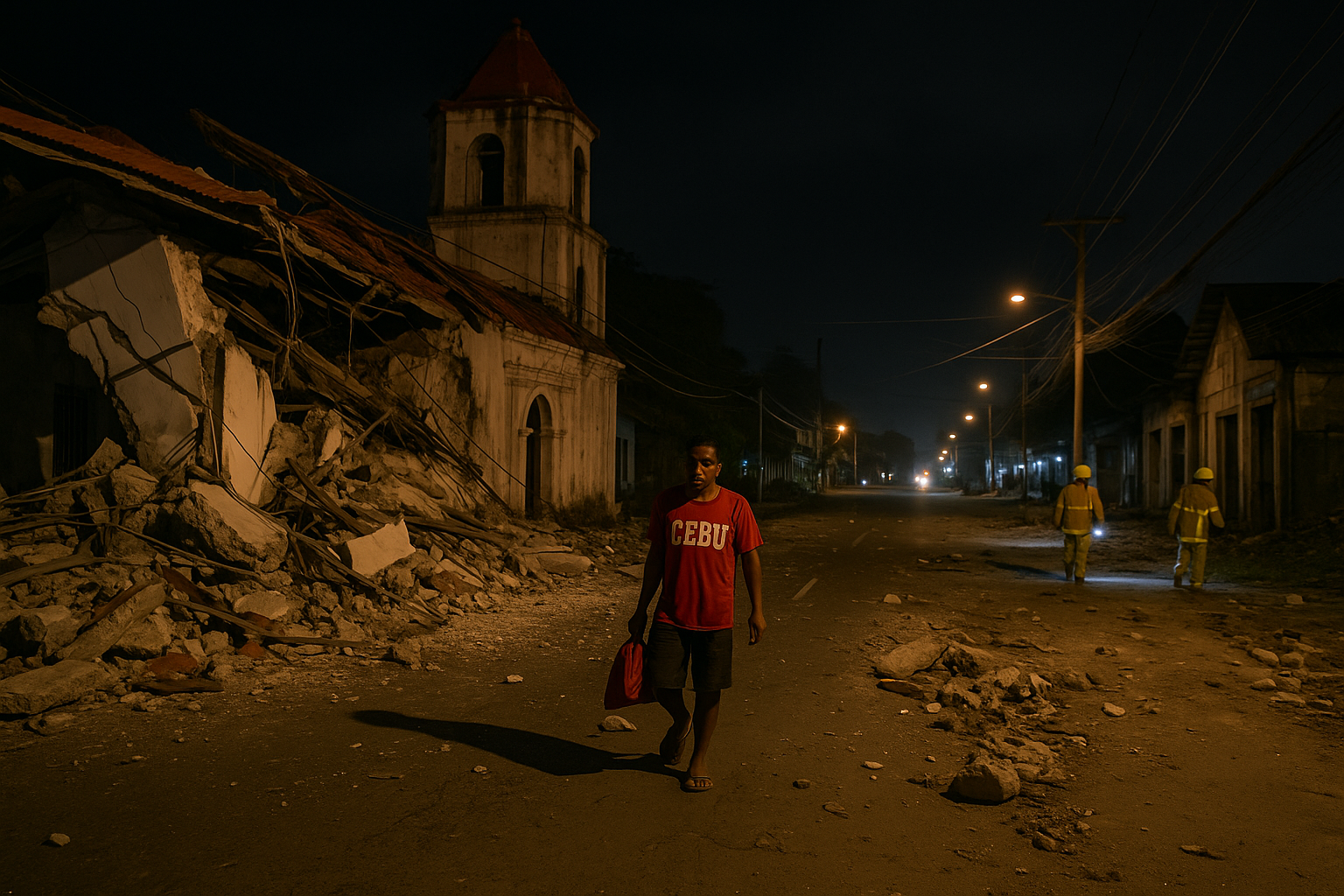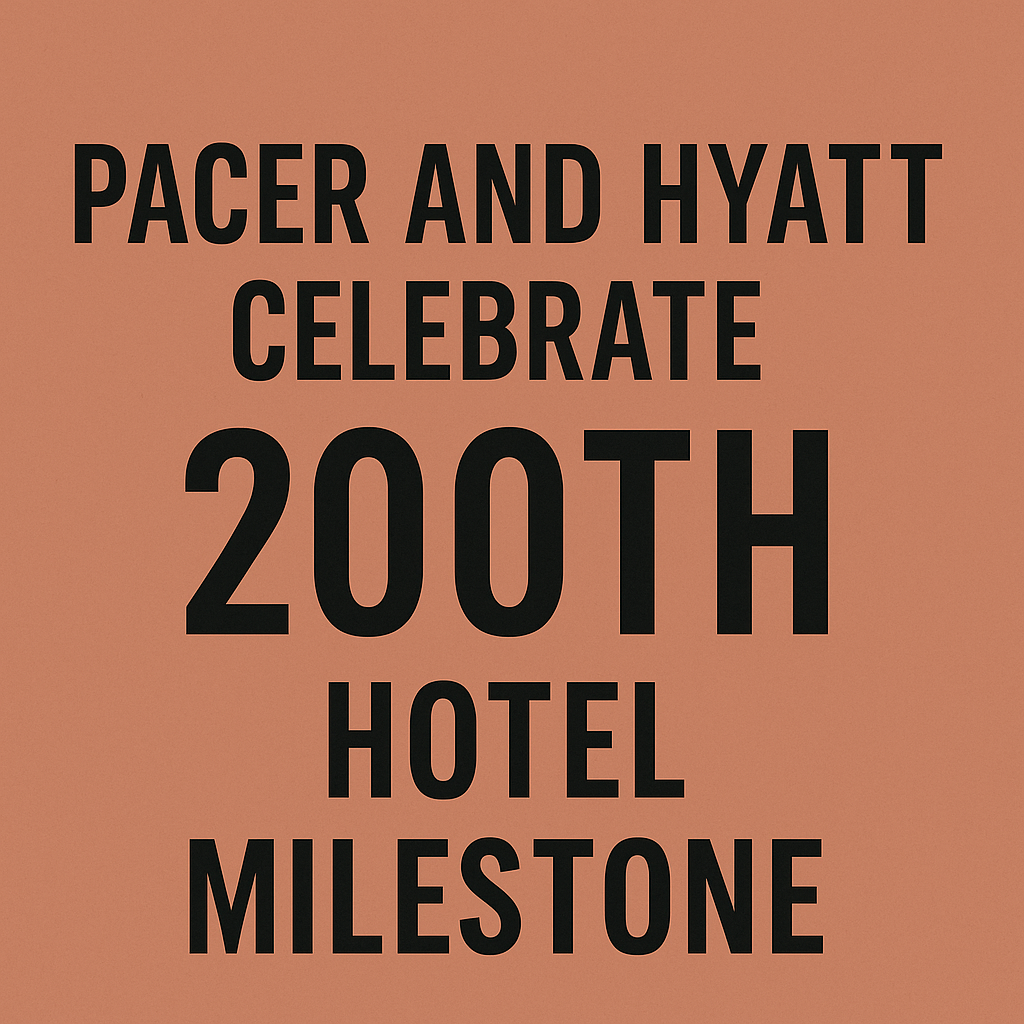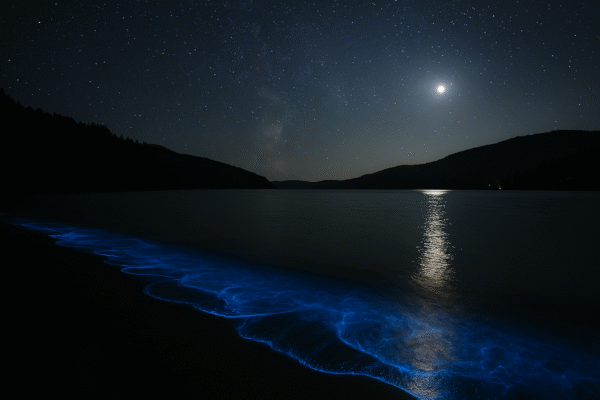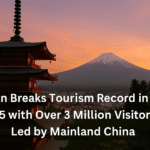Washington State, USA — As the day fades and twilight takes over, Washington State transforms into a world of nocturnal wonders. From softly glowing waters rich with bioluminescent life to vast star-filled skies and moonlit treks across majestic landscapes, the state invites travelers to step into a unique world of nighttime exploration.
Glowing Waters and Bioluminescent Magic
One of Washington’s most enchanting night adventures is the spectacle of bioluminescence—tiny marine organisms lighting up the water in a dazzling blue-green glow. This mesmerizing natural display, best viewed on dark, moonless nights from summer through early fall, can be found in calm bays and coastal spots across the state.
Some of the most magical viewing locations include Orcas Island, San Juan Island, and Hood Canal, where guided kayak tours whisk you over glowing lakes and inlets. For a quieter experience, head to Bellingham Bay, Fort Flagler, or lesser-known coves along Whidbey Island. Whether you’re paddling under the stars or drifting quietly on the water, the bioluminescent glow feels like entering a dream.
Tour operators such as those on San Juan and in Bellingham offer well-equipped guided nights out—complete with safety gear and expert guides—to enhance your chance of witnessing this natural light show.
Where Stars Shine Brightest: Stargazing Locations
When night fully sets in, Washington’s skies become a theater of stars. Eastern Washington in particular, with its clear air and low light pollution, is a haven for sky watchers. The Goldendale Observatory, perched above the Columbia River Gorge, is one of the state’s premier spots, offering powerful public telescopes and evening programs that reveal galaxies, planets, and star clusters.
Beyond observatory walls, you’ll find jaw-dropping dark skies across the state:
- Steamboat Rock State Park, near Banks Lake, hosts summer star parties and camps under the Milky Way.
- Methow Valley offers deep-sky views and occasional northern lights, enhanced by community-led star shows.
- Okanogan–Wenatchee National Forest, Spokane’s Fishtrap Recreation Area, and Olympic National Park’s remote beaches—especially Third Beach and Hurricane Ridge—are all perfect for stargazing, each framed by iconic landscapes and minimal light pollution.
Moonlit Trails and Nocturnal Park Adventures
If hiking under a full moon stirs your soul, Washington’s national parks transform at night into a glowing labyrinth of shadows and silhouettes. At Mount Rainier, moonlit trails in Longmire or Paradise bath hikers in soft, lunar light, turning glaciers and forests into ethereal landscapes.
At Olympic National Park, the “Dark Sky” programs at Hurricane Ridge let you gaze at moon craters through telescopes and, when lucky, glimpse northern lights shimmering above the Olympic Range.
Handy Tips for Safe & Fun Nighttime Explorations
Nocturnal tourism is thrilling—but requires careful planning. For kayaking, pack waterproof layers and plan trips around the new moon to maximize visibility. Guided tours often supply gear and safety help, particularly around bioluminescence.
Hikers should bring headlamps, weather-appropriate clothes, and check for required permits or registrations—especially for guided full-moon hikes, which often require sign-up in advance.
For stargazers, a good rule of thumb is to bring an astronomy app or check a night-sky forecast to pick the best nights and locations. Many state parks require a vehicle pass, and observatory visits often need prior reservations—especially at popular spots like Goldendale.
Why Washington’s Nights Are Unmissable
In a world lit by screens and cities, Washington’s nocturnal offerings feel almost rare. Whether you’re paddling over glowing bays, gazing at the Milky Way across desert skies, or walking through a moonlit forest, you’re connecting with nature in unforgettable ways.
The state’s wide variety of landscapes—coastlines, deserts, forests, and mountains—makes it a rare destination where natural wonders continue when the sun goes down. For city dwellers and nature lovers alike, Washington’s night experiences invite reflection, wonder, and unforgettable memories.
Washington State’s after-dark attractions—glowing coasts, starry skies, and moonlit paths—offer travelers an inspiring and peaceful escape. Whether you’re chasing bioluminescence, exploring the cosmos, or hiking by moonlight, the state’s nighttime adventures promise lasting awe and quiet joy.
For more travel news like this, keep reading Global Travel Wire



